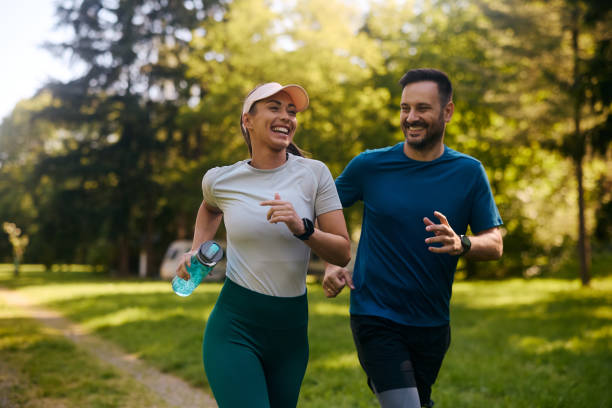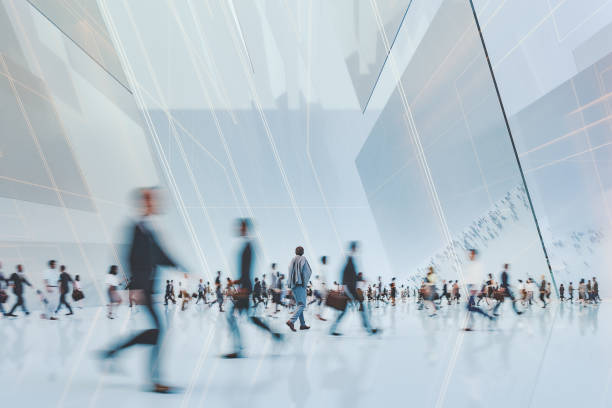Parks, plazas, streets, waterfronts, schoolyards, and markets are all examples of public spaces that make up the social infrastructure of cities. We work out, meet our neighbours, protest, celebrate, grieve, trade, learn, and just hang out with other people there. When done right, they are not just “extras” that look good; they are necessary systems that improve health, safety, inclusivity, climate resilience, and local economies. This guide takes the best concepts and data from around the world and puts them together to assist planners, architects, and civic leaders make places that people really love and utilise.
What makes a place great?
Project for Public Spaces (PPS) has spent decades observing places in the field and has found that effective places have four things in common: Access & Linkages, Uses & Activities, Comfort & Image, and Sociability. The Place Diagram from PPS is a popular tool for figuring out why a place is doing well or poorly and where to start making changes.
Add Jan Gehl’s 12 Quality Criteria to this list. This is a human-size checklist that looks at safety (from traffic, crime, wind, and rain), comfort (to walk, stand, sit, see, talk, and play), and enjoyment (scale, detail, and sensory interest). These standards take conversations from vague ideas about beauty to specific results in public life.

Image sources: istockphoto.com
Health dividends you can measure
Urban green and public spaces are low-tech ways to improve health that are right in front of you. The World Health Organisation (WHO) says that having access to green space is good for your mental health, lowers your risk of heart disease, helps you maintain a healthy weight, and improves your overall health. However, they also say that more research is needed to see how beneficial this is in different situations.
Extreme heat is another reason why climate change is bad for health. Recent reports that combine public health statistics suggest that neighbourhoods with few trees and few cool public locations are at the biggest risk of heat. These regions are frequently lower-income and have been historically marginalised. Many communities now have a basic adaptation policy that includes adding more shade, trees, and cooling features to public spaces.
There is more and more proof that small, spread-out actions work. A JAMA Network Open study (via TIME) revealed that adding greenery to empty areas in Philadelphia made neighbouring inhabitants feel less depressed. The costs to do this and keep it up were low, which shows how small public spaces may have big effects on people’s health.

Image sources: istockphoto.com
Safety, sociability, and stewardship
Not fences, but people make places safe. The Bryant Park turnaround in Midtown Manhattan is a good example of this people-first strategy. In the 1980s, teams led by William H. Whyte and PPS plotted out activities and perceptions. Then they remodelled the edges, added adjustable seats, enhanced sightlines, and started daily programming. Crime rates were low, but many thought the park was dangerous. Making the park look more pleasant affected who used it and when.
People began to trust and be flexible with movable seats, which enabled them “author” their stay and remain longer. This minor design change had a significant social impact and has since expanded internationally.

Image sources: istockphoto.com
Inclusion by design: SDG 11.7
It is a matter of rights to be able to use public space. Sustainable Development Goal 11.7 says that cities must make sure that everyone, including women, children, older people, and people with disabilities, may safely and easily access green and public areas. Global monitoring demonstrates that access is not always easy, especially in the least developed nations. This illustrates that the amount and quality of public space are not only design aims but also measures of equity.
Economic vitality (without the hype)
High-quality public spaces help local businesses by bringing in more people, keeping them there longer, and giving the area a sense of identity. While one park or plaza isn’t likely to change the whole economy, connecting improvements to public spaces with housing, transportation access, and main-street revitalisation can lead to long-lasting results at the local level. Set realistic targets and measure your impact using the location diagnostics above.

Image sources: istockphoto.com
Climate resilience you can see and feel
In a world that is getting hotter, design for comfort by adding shade trees, canopies at bus stops, permeable paving, water features, and materials that can handle heat. To reduce health inequalities and make streets, plazas, and transit stops functional during the hotter months, target investments where people are most exposed to heat.
How to design and steward places people love
Begin with people, not projects.
See how the space works right now. Design with users. Prototype “lighter, quicker, cheaper” (LQC) moves, measure, and repeat. The PPS method focusses on everyday life instead of big capital initiatives that happen just once.
Use quality standards that are appropriate for people.
Check against PPS’s four attributes and Gehl’s twelve criteria: Are there comfortable places to sit? Can individuals move, stand, chat, and watch without getting stressed? Are edges working? Are routes secure from fast-moving traffic? Are there microclimates (sun, shadow, wind) that make it possible to utilise it all year?
Layer diverse uses across the day and seasons.
Combine play, exercise, markets, culture, quiet places, places to study, and informal performances. Diversity of use brings in a variety of users, which makes the space safer by having people around.
Connect spaces into a walkable network.
Think of streets as public places. To connect parks, schools, and transit, make sure there are safe crossings, modest speeds, and shade all the time. This makes each improvement worth more.
Program, maintain, and measure.
Not only are great locations designed, but they are also managed. Set establish stewardship groups like BIDs, conservancies, city teams, and community groups. Keep an eye on counts, dwell time, user mix, and perceptions, and change programming and design based on what you find.
Case snapshots to learn from
Bryant Park in New York City (USA): A renovation based on observation, flexible seating, and active edges changed how people saw and used the space, making it a global model for managing public spaces.
Medellín Metrocable and public space (Colombia): Aerial cable cars linked hillside neighbourhoods to jobs and services in the valley, while social-urbanism investments were made in schools, libraries, and plazas. Research links the network to better access and less violence across the city, but it also points out that there are still inequities, which is crucial for transferability.

Image source: kaarwan.com
Quick checklist for your next project
- Access and edges: Is it easy to get there on foot, by wheelchair, by bike, or by public transportation? Are the edges of the building (doors, windows, kiosks) dynamic instead than blank walls?
- Comfort: Are there plenty of movable seats, shade, light, drinking water, and bathrooms where people really want to stay?
- Activity mix: Is it possible for someone to play, rest, meet a friend, and buy something all within five minutes? Plan for both weekdays and weekends.
- Inclusion: Are women, children, the elderly, and people with disabilities seen in the space and in choices concerning it? Follow SDG 11.7.
- Climate: Where are the hot spots? Put in trees, canopies, surfaces that reflect or let water through, and water. Put the places that are most likely to get hot first.
Final Takeaway
Public spaces are the most democratic parts of the city. They are also some of the best ways to improve health, safety, inclusion, climate resilience, and the economy. Begin with people and what they do every day. Use clear, human-sized standards to help you develop. Treat spaces like any other important service by programming and keeping them up. Then connect each project to a shaded, pedestrian network so that people can enjoy public life all day long and all around the city. That’s how public places make communities stronger and life better.
For more content like this CLICK HERE
Reference
The Role of Public Spaces in Enhancing Quality of Life – IFMST





